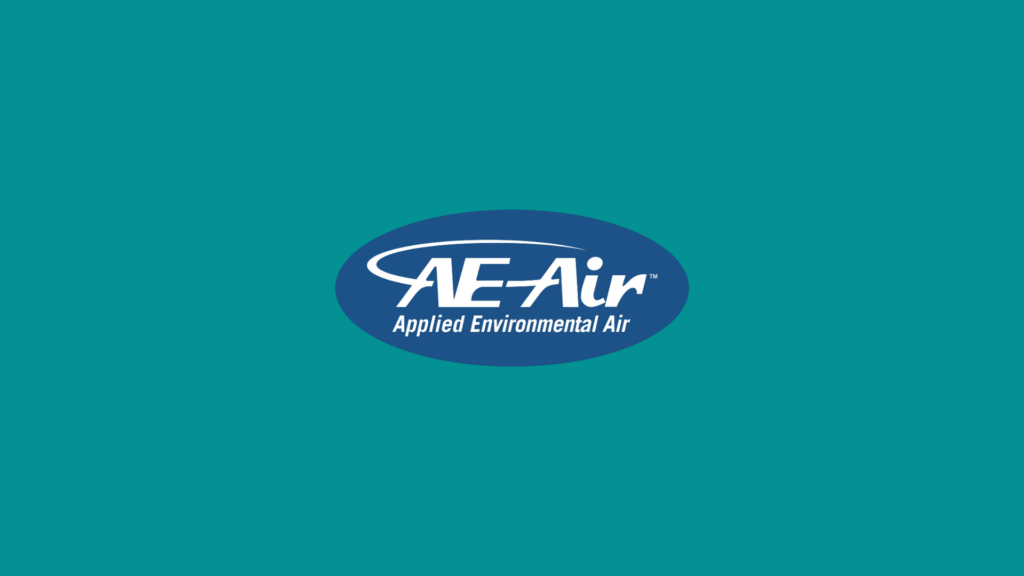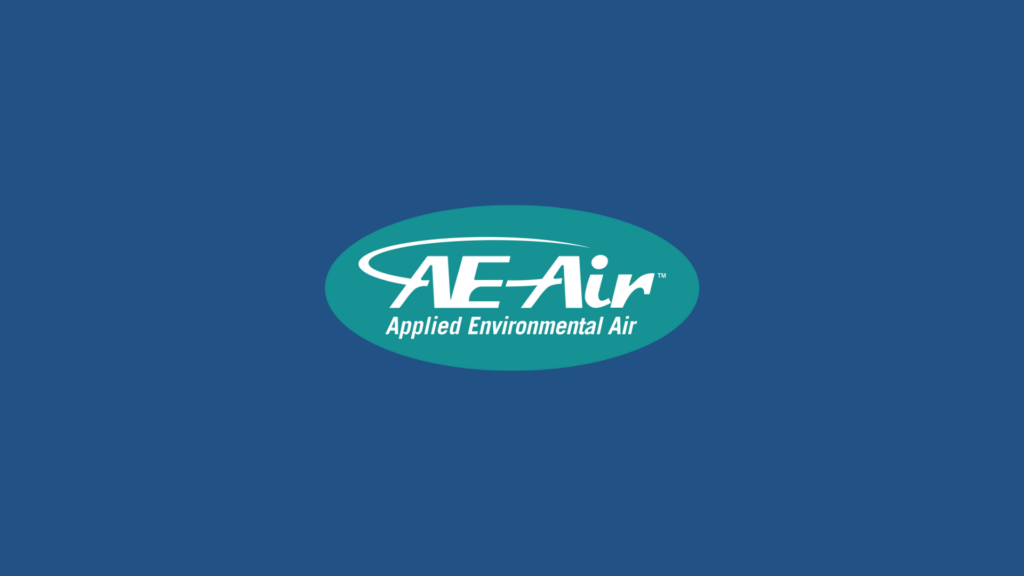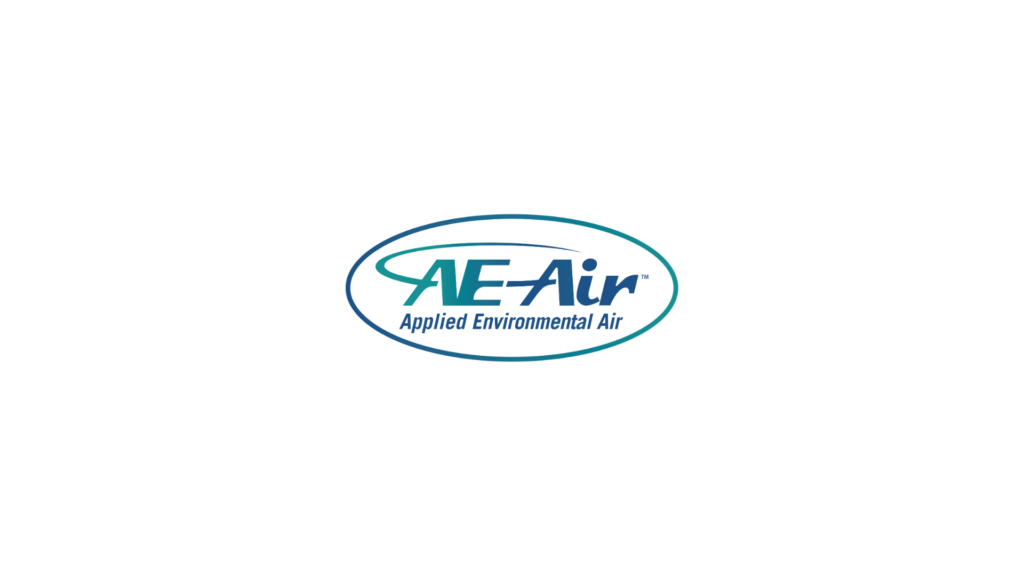Introduction
Horizontal water source heat pumps are revolutionizing commercial HVAC systems with their space-saving design and high efficiency. Unlike traditional systems that often require extensive ductwork and expansive areas for installation, horizontal water source heat pumps can fit into smaller spaces, making them ideal for commercial environments where space is at a premium.
These units draw heat from water sources like lakes, rivers, or man-made water systems, and transfer it to indoors, heating or cooling spaces as needed. They are particularly advantageous in urban settings and high-rise buildings where vertical space use is limited and valuable. Their compact design does not compromise performance but enhances it through efficient thermal exchange and easier installation.
As developers and engineers strive to create more sustainable and energy-efficient commercial buildings, the relevance of horizontal water source heat pumps continues to grow. They reduce both the footprint of HVAC installations and operational costs, paving the way for greener, more cost-effective buildings. Exploring the nuts and bolts of these systems reveals how they are tailored to meet the demanding needs of modern commercial spaces, combining innovation with practicality.
Understanding Horizontal Water Source Heat Pumps
Horizontal water source heat pumps are HVAC units designed to transfer heat between a building and a water source, such as a lake, river, or man-made reservoir. These units work by using water as the medium for heat exchange, which is both efficient and environmentally friendly. The water circulates through a series of pipes and absorbs or dissipates heat, depending on the building’s heating or cooling needs.
In commercial spaces, horizontal water source heat pumps are particularly valuable because they fit into compact, horizontal spaces, typically above ceilings or below floors. This makes them ideal for urban environments and high-rise buildings where vertical installation space is limited. The horizontal configuration allows for flexible placement options, helping to save valuable floor space for other purposes. This flexibility is crucial in densely populated areas where optimizing every square foot is essential.
These pumps are also beneficial in commercial scenarios that require precise climate control. They offer consistent temperature regulation, which is essential for environments like data centers, office buildings, and retail spaces. By providing efficient heating and cooling without occupying much space, horizontal water source heat pumps are a practical solution for maintaining comfortable and controlled indoor environments in commercial settings.
Key Benefits of Space-Saving Horizontal Water Source Heat Pumps
Horizontal water source heat pumps offer several compelling benefits, making them an excellent choice for commercial HVAC systems. Here are some of the key advantages:
1. Space Efficiency: These units are designed to fit into tight, horizontal spaces, such as above drop ceilings or beneath floors. This allows for better utilization of the building’s interior, freeing up valuable floor space for other uses.
2. Energy Savings: By using water as a heat exchange medium, these pumps are exceptionally efficient. They reduce the amount of energy required for heating and cooling, which translates into lower utility bills and significant cost savings over time.
3. Design Flexibility: The compact design and horizontal configuration allow for versatile placement options. This is particularly beneficial in buildings with limited vertical space, such as urban high-rises.
These benefits contribute significantly to commercial HVAC planning and operations. Space efficiency means that architects and engineers can integrate these units without compromising the building’s design or functionality. The energy savings help commercial entities meet their sustainability goals, reducing both their carbon footprint and operating expenses. Design flexibility ensures that the units can be installed in various settings, making them adaptable to different architectural styles and requirements.
The impact of these advantages is far-reaching. Improved space utilization can lead to more productive work environments, while energy savings boost the building’s overall efficiency. Ultimately, this enhances the value and functionality of commercial properties, making horizontal water source heat pumps a smart investment for modern HVAC solutions.
Best Practices for Installing Horizontal Water Source Heat Pumps
Installing horizontal water source heat pumps requires careful planning to ensure maximum efficiency and performance. Here’s a step-by-step guide to get it right:
1. Site Assessment:
Start with a comprehensive assessment of the installation site. Evaluate the space available for the unit and identify potential obstacles. Ensure that the water source is accessible and suitable for the pump.
2. Proper Sizing:
Select the correctly sized unit for the space. An undersized or oversized pump can lead to inefficiencies. Calculating the heating and cooling loads accurately will help in choosing the right unit.
3. Ductwork Design:
Plan the ductwork layout to ensure effective air distribution. Minimize bends and turns to reduce resistance and improve airflow. Proper ductwork design is crucial for maintaining the unit’s efficiency.
4. Electrical and Plumbing Connections:
Ensure that electrical and plumbing hookups are done according to the manufacturer’s specifications. Safety and compliance with local codes are paramount.
5. Installation and Testing:
Place the unit in the designated location and secure it properly. Connect the electrical and plumbing systems, and then test the unit to ensure it operates correctly. Verify that all connections are leak-proof and that the system is functioning as intended.
Key considerations for maximizing efficiency include regular maintenance, monitoring system performance, and addressing any issues promptly. Consistent maintenance will help in detecting problems early, reducing downtime and extending the lifespan of the unit.
Innovations and Future Trends in Horizontal Water Source Heat Pump Technology
The HVAC industry is constantly evolving, introducing new technologies that enhance the performance and sustainability of horizontal water source heat pumps. Here are some notable advancements:
1. Variable Speed Compressors:
These compressors adjust their speed based on demand, optimizing energy usage and ensuring consistent temperatures. They are more efficient compared to traditional fixed-speed compressors.
2. Advanced Controls and IoT Integration:
Smart controls and IoT integration enable real-time monitoring and remote operation of heat pumps. This technology allows for predictive maintenance, helping to prevent breakdowns before they occur.
3. Eco-friendly Refrigerants:
New refrigerants with lower global warming potential are being developed to comply with environmental regulations. These refrigerants are safer for the environment and help improve the overall sustainability of HVAC systems.
4. Enhanced Heat Exchanger Design:
Innovative designs in heat exchangers improve the efficiency of heat transfer, reducing energy consumption and increasing performance. These designs also contribute to the compactness of the units.
These innovations align with the growing demand for energy-efficient and sustainable building solutions. They help meet modern building codes and contribute to LEED certification efforts, promoting environmentally friendly practices across the HVAC industry.
Conclusion
Horizontal water source heat pumps are a practical and efficient solution for modern commercial HVAC needs. Their space-saving design and high efficiency make them suitable for a wide range of applications, from office buildings to high-rise apartments. By understanding the key benefits and best practices for installation, developers, engineers, and architects can make informed decisions that enhance the performance and sustainability of their projects.
Future advancements in technology continue to improve these systems, making them even more efficient and environmentally friendly. Innovations like variable speed compressors, smart controls, and eco-friendly refrigerants set the stage for the next generation of HVAC solutions. These developments underscore the importance of staying updated with the latest trends to maximize the benefits of horizontal water source heat pumps.
To harness the full potential of horizontal water source heat pumps in your next commercial project, consult with AE Air. Our expertise in flexible HVAC solutions will ensure that your systems are tailored for optimal performance and energy efficiency. Contact us today to explore how we can enhance your building’s HVAC setup.


